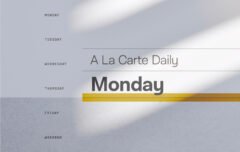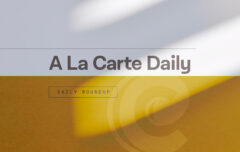Though I am not a preacher, I decided to read Rediscovering Expository Preaching in an attempt to discover exactly what expository preaching is and compare it to the type of teaching practiced in most modern churches. That this book was written by John MacArthur and the faculty of Master’s seminary is a strong endorsement of its value, for that institution is known as being one that upholds the value of expositional teaching. I hoped also that I would learn some techniques and disciplines that would enrich my personal Bible study as well as my writing. I was not disappointed.
Effective exposition of the Bible requires four steps and each of these receives careful analysis in this book. The steps are:
- Personal preparation. This involves ensuring that the expositor is walking with the Lord. He must be dedicated to studying the Word and to prayer as well as other spiritual disciplines. Proper exposition cannot be done apart from the Spirit who alone can illumine the text.
- Processing the Biblical text. This involves using study tools, engaging in hermeneutics and exegesis and generally drawing the meaning from the text in a biblical manner.
- Pulling the message together. This involves determining the central ideas of a text and drawing up an outline. It involves an effective introduction and conclusion and moving from exegesis to exposition.
- Preaching the exposition. This involves actually delivering the message in an effective manner.
Each of these steps is explained in sufficient, though not burdensome detail. Nine authors combined to write the nineteen chapters, and while some are more effective communicators than others, each does a good job of handling his topic.
While this book is clearly aimed at the aspiring pastor or to pastors who are attempting to make their messages expository, there is still value in reading it for people who are not pastors. Many of the principles of hermeneutics and exegesis are important for all believers to understand thoroughly in order to effectively interpret and apply the Word of God. While not all of the information will pertain to these readers, those parts can be passed over without losing the value of the book.
I recommend this book for the targeted audience (pastors and aspiring pastors) but also for lay people who are interested in learning Biblical methods of hermeneutics and exegesis. That being said, there are other options that may be better-suited for these people, such as How To Interpret the Bible For Yourself by Richard Mayhue.










